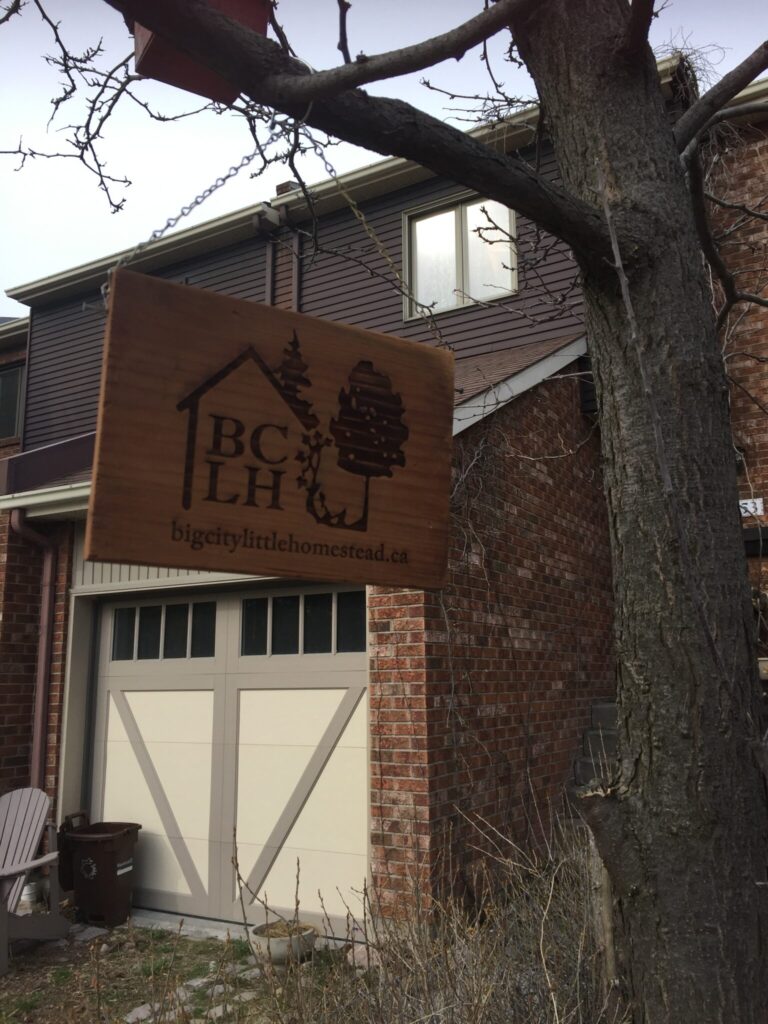If you’ve been to this blog at least once before, you’ve probably seen photos of my green driveway. In 2015, I converted a standard residential parking spot into a green driveway. It’s a portfolio pictorial. It took a month to “settle in,” but from mid-May, I’d gotten used to the results and I was quite happy!
Having seen the results over eight seasons (spring through winter, three years), I’m still pleased. It’s like an extra yard with cobblestone wheel paths, and after I got rid of my car, a space for my Adirondack chair.
And yet each year (just like before I put it in), some contractor dude drops by with a card to “fix” it. (I can’t blame him for pounding the pavement looking for clients, but still…). Sometimes he jots a quote on the back as to how much it would cost me to rip out my green driveway and put down some blacktop asphalt driveway.
You know, my green driveway cost a little more than what he’s quoting, because it was kinda fancy underneath, but I never will have to “repair” crack every five years ever again. No, thank you.
Crack repair
Because I used to have an asphalt driveway. About the only thing you can do on an asphalt or concrete driveway that you can’t do on mine is play basketball. And maybe make chalk drawings, but you know, the sidewalk’s right there, so that’s no biggie.
When I had asphalt, I had cracks in the driveway where plants would grow. (That’s why they’d wanna repair it.) But why would I let that crack bother me? Water percolating into the soil and being taken up by plants actually cools the air through transpiration.
“But frost heaves!” – it’s a driveway, not a highway; a little bump from a crack is not a problem.
“But bigger cracks!” More plants! There’s an aesthetic appeal to broken pavement, you know!
Why would I want black top + hot sun make my driveway and home hotter, rather than something cooling it down?
Besides, when the plants were growing in the cracks in my driveway, guess what the bunnies’ favourite outdoor snacks were? That’s right – CRACK SALAD!
Continue reading


